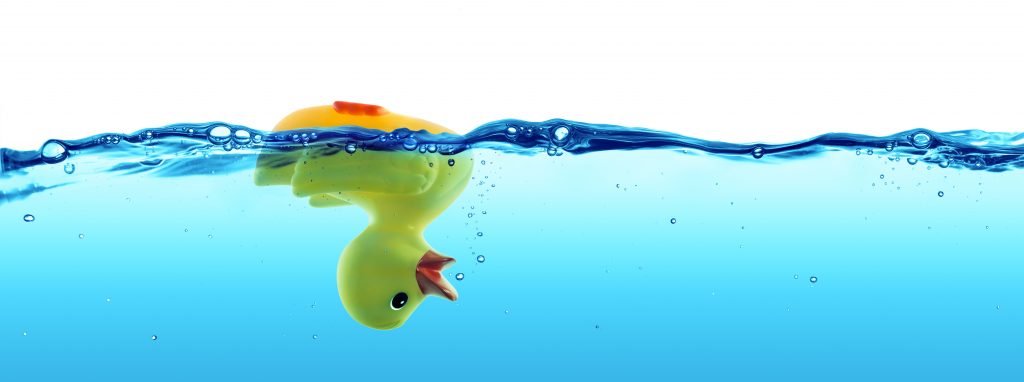
Sometimes the news can be overwhelming. Right now, LA County caught on fire seemingly overnight. Hundreds of thousands of Northern Californians are without power. Hurricane Dorian almost shut down the entire East Coast last month. In any disaster, natural or otherwise, it’s easy to feel panicked, helpless, and out of control.
Take drowning, for example. It doesn’t always look the way we imagine it would. This post, written in 2010, goes viral at the beginning of every summer, but let me summarize the facts. Drowning produces what’s known as the instinctive drowning response. It’s silent, as victims are physically unable to cry out for help, fast (less than 30 seconds), and doesn’t involve a whole lot of thrashing around. And perhaps the most alarming, over half of adolescent drownings each year occur within 25 yards of an adult, and in 10 percent of those incidents, the adult will watch them drown with no idea what is happening.
CPR Saves Lives
I know this is true because it happened to me. My three-year-old passed out in the water with two adults nearby while all our  attention was focused on a minor emergency outside the pool. In those crucial seconds, he decided to swim across the pool, was unable to reach the side, and passed out from holding his breath. Thankfully, he was seen, rescued, and resuscitated by my cousin using CPR, with no damage to his brain and body. In those moments, however, it became shockingly clear that I was unprepared to give him CPR. In fact, according to a study done by the American Heart Association, less than 20 percent of Americans are equipped to perform CPR during a medical emergency.
attention was focused on a minor emergency outside the pool. In those crucial seconds, he decided to swim across the pool, was unable to reach the side, and passed out from holding his breath. Thankfully, he was seen, rescued, and resuscitated by my cousin using CPR, with no damage to his brain and body. In those moments, however, it became shockingly clear that I was unprepared to give him CPR. In fact, according to a study done by the American Heart Association, less than 20 percent of Americans are equipped to perform CPR during a medical emergency.
Why does that matter? Well, if a bystander does not perform CPR, the survival chances of a victim will decrease 7% in every single minute of delay. And European studies done on Cardiac resuscitation show that early initiation of basic lifesaving measures increases the chances of survival up to 2–4 times. Additionally, a Canadian study done on out of hospital cardiac deaths related to drowning found, “most drownings are unwitnessed, occur in public locations, and present with non-shockable initial rhythms, suggesting that treatment should focus on bystander CPR.”
Learn CPR
What’s the point of all this? Simple. Learn CPR. There is a form of CPR known as hands only, eliminating many concerns of individuals concerning the spread of disease or proper breathing techniques. Regardless of how or to what level you learn CPR, you need to learn it. You might very well save a life one day. To find classes, you can access this course finder, taught by the American Heart Association, or this one, prepared by the American Red Cross.
Molly is a member of our creative team, mom of four water-loving babies, and a fierce advocate for CPR training and really early swim instruction.
